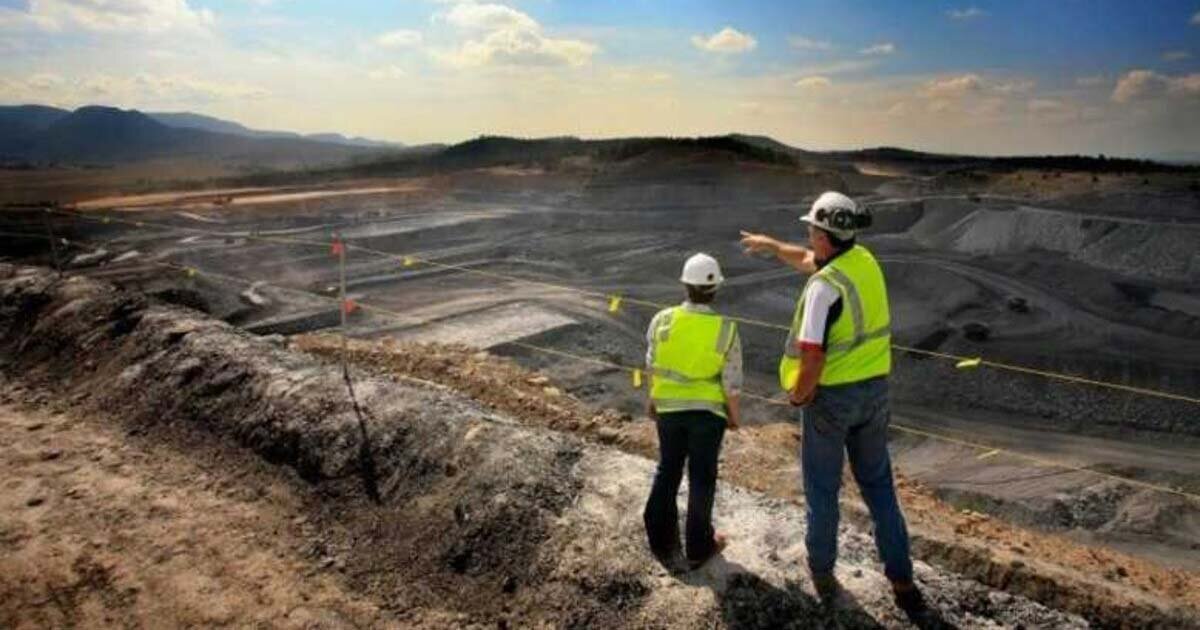Mining reconciliation analysis is the process of comparing the actual tonnage and grades of minerals or reserves mined to the estimated or planned amounts. This analysis is used to identify any discrepancies or variances, and to determine the cause of those variances. The goal is to improve the accuracy of future estimates and to optimize the mining operations. This can include comparing production data with geological data, examining mining equipment performance, and reviewing mining processes and procedures.
A typical workflow for mining reconciliation may include the following steps :
- Collecting and inputting data: This includes gathering production data, such as the tonnage and the grades of or resources mined, as well as geological data, equipment performance data, and other relevant information. This data is typically input into the mine reconciliation system.
- Comparing actual and estimated production: The system compares the actual production data with the estimated or planned production data. Any discrepancies or variances are identified and flagged for further analysis.
- Analyzing variances: The system may include tools for analyzing the cause of variances, such as comparing production data with geological data, examining mining equipment performance, and reviewing mining processes and procedures.
- Identifying and implementing improvements: Based on the analysis of variances, the company can identify areas for improvement, such as changes to mining processes, adjustments to equipment, or updates to estimates.
- Reporting and monitoring: The system may also include reporting and monitoring capabilities, allowing the company to track progress and ensure that improvements are having the desired effect. It also helps in compliance and regulatory reporting.
- Continuous improvement: The reconciliation process is typically ongoing, with regular reviews and updates to production estimates, mining processes and procedures, as well as equipment and technology.
Note :
The above workflow could vary depending on the type of mining operations and the scope of the reconciliations, but the general principle remains the same.
In order to implement a mine reconciliation system within a company, there are several key components that are typically needed :
- Data collection and input: This includes gathering production data, such as the tonnage and grades of minerals or reserves mined, as well as geological data, equipment performance data, and other relevant information. This data should be input into the mine reconciliation system in a timely and accurate manner.
- Software or system: A mine reconciliation system or software is required to manage and analyze the data. The system should be able to compare actual and estimated production, identify variances, and provide tools for analyzing the cause of variances.
- Hardware and infrastructure: Depending on the size of the mining operation and the complexity of the system, additional hardware and infrastructure may be required, such as servers, data storage, and networking equipment.
- Staff and training: The company will need staff to operate the system and to analyze the data. This may include data entry personnel, mining engineers, geologists, and other relevant experts. Staff will also need to be trained on how to use the system and how to interpret the data.
- Management support: The implementation of a mine reconciliation system will require strong management support to ensure that the necessary resources are made available and that the system is fully utilized. This includes budget allocation, and also ensuring that the system is integrated with other systems within the company.
- Continual monitoring and improvement: A mine reconciliation system should be a living system that is continually monitored and improved upon. This includes regular reviews of data, updates to production estimates, mining processes and procedures, as well as equipment and technology.
Note :
Depending on the size of the mining operation, the company may want to consider consulting with experts or vendors that specialize in mine reconciliation to ensure that the system is implemented properly and is meeting the company's specific needs.






